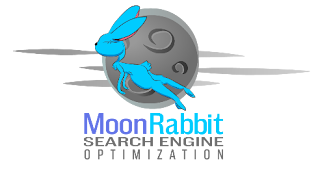Optimizing Factory Style for Performance and Output: Insights from the Georgia, USA Architect
In today's fast evolving business landscape, warehouses play a crucial role in source string management. As an architect focusing on factory style in Georgia, USA, I've observed the growing importance of creating effective and productive factory spaces. This article seeks to provide useful ideas and strategies for optimizing factory style, tailored specifically to the initial needs of corporations operating in Georgia.
Knowledge the Particular Requirements:
Before embarking on any factory style project, it is important to extensively realize the specific needs of the business. Factors such as for instance the type of products and services being located, the expected level of stock, and the nature of operations will significantly impact the style decisions. By collecting detailed information, an architect can make a style that increases the usage of room while ensuring easy operations. warehouse design consultants Georgia USA
Effective Place Preparing:
Place preparing is a important aspect of factory style, and it directly influences the entire efficiency of the facility. Consideration should be given to the layout of different parts, including obtaining, storage, selecting, providing, and transport zones. By optimizing the movement of goods and reducing pointless journey distances, room preparing can improve output and minimize working costs.
Adopting Vertical Place:
In Georgia, wherever area access may vary, architects should consider employing straight room efficiently. Incorporating older storage racks, mezzanine degrees, or automated straight storage methods will help improve storage capacity while reducing the warehouse's footprint. This approach is specially useful for corporations with confined area resources or these seeking to grow their operations without buying additional space.
Prioritizing Security and Accessibility:
Security must certanly be a high goal in just about any factory design. Sticking with the neighborhood developing codes and regulations is important to ensure a secure working environment. The addition of correct light, distinct signage, non-slip flooring, and fireplace suppression methods are some important components to consider. Additionally, ensuring accessibility for equally employees and equipment, with well-planned traffic movement and selected pedestrian walkways, can improve efficiency and prevent accidents.
Adding Engineering and Automation:
The integration of technology and automation answers can significantly improve factory efficiency. Adopting systems such as for instance factory administration methods (WMS), barcode scanning, stock checking, and automated material managing equipment can improve operations, decrease errors, and improve stock accuracy. Participating with technology authorities during the style period will help identify the most appropriate answers for the specific needs of the business.
Freedom for Future Development:
Factory style should not just appeal to the present needs but additionally accommodate future growth and changing needs. Developing a flexible layout that enables for easy reconfiguration and growth can save equally time and resources in the extended run. Scalable types, modular storage methods, and versatile workflows will help corporations in Georgia answer to advertise variations and evolving customer demands.
Conclusion:
Developing an improved factory in Georgia, USA, involves careful consideration of varied factors, from understanding the specific needs of the business enterprise to incorporating the newest technology and ensuring security and accessibility. By prioritizing efficiency, output, and mobility, architects can make factory rooms that facilitate seamless operations and contribute to the entire accomplishment of corporations in the region.




Comments
Post a Comment